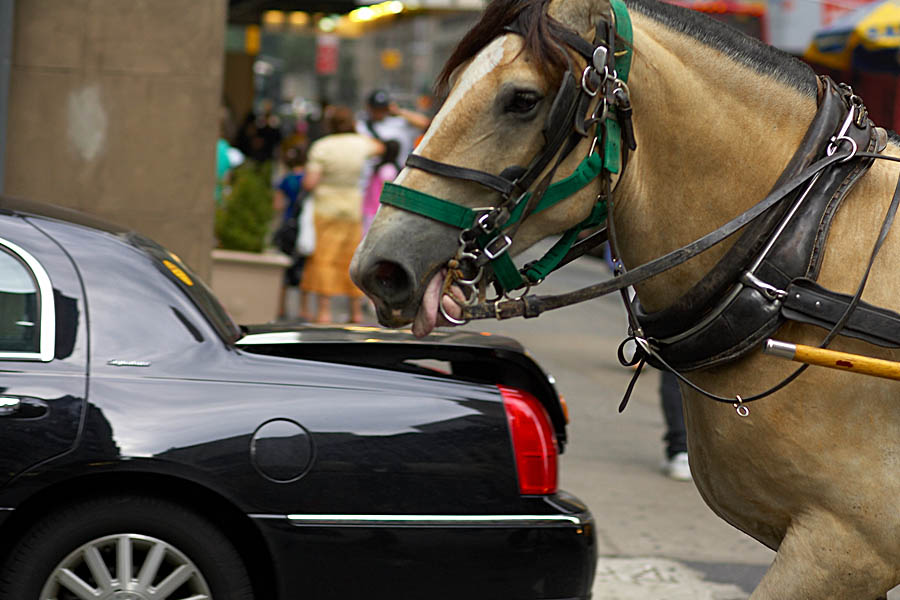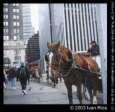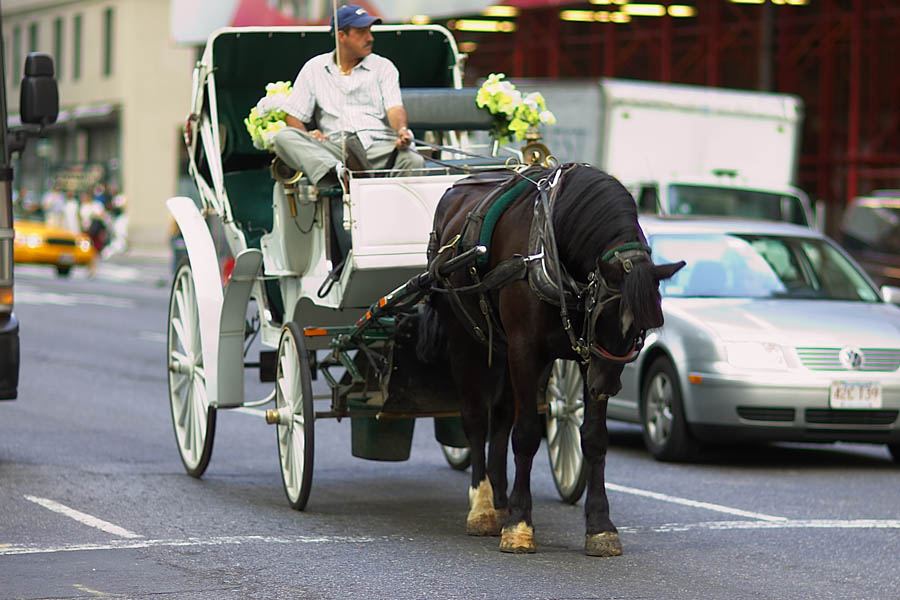Tuesday, February 14, 2006
Short hearing for the carriage horses 4/15/06
The Transportation Planning Committee of CB4 will have a special hearing concerning the carriage horse trade.
WHEN: Wednesday, February 15, 2006 TIME: 6:00 pm WHERE: 351 W. 42nd St. - Holland House - basement theater room from the Chairperson - Jay Marcus: I would like to restrict testimony to 15 people (2 minutes each) and then the committee will take a vote on up to three issues for its recommendation to the Community Board: 1. Vote for one of three options - Ban/Restrict to Central Park/Current regulations 2. If the Committee does not vote for a ban then vote on: 1. Proposed changes to legislation to improve health and safety conditions; 2. Increased enforcement of regulations I hope we can complete these items in 45 minutes total.
Wednesday, February 08, 2006
What You Can Do.
 Provided by L. Karim with his expressed permissionwww.palemale.com
Provided by L. Karim with his expressed permissionwww.palemale.com
Tourists from all parts of the world are the mainstay of the carriage horse industry, so no matter where you are from, your voice can make a difference on this issue. Please sign a petition urging New York City Mayor Michael Bloomberg and the City Council to ban horse drawn carriages from the City of New York to ensure the safety of both people and animals. To have more of an impact, contact Mayor Bloomberg by phone, fax, postal mail or e-mail and politely urge him to follow the compassionate example of other progressive cities that have banned horse drawn carriages.
Mayor Michael R. BloombergCity HallNew York, NY 10007Tel: 212-NEW-YORK (or simply 311 if you are in New York City)Fax: (212) 788-2460E-mail: www.nyc.gov/html/mail/html/mayor.html
You can also contact members of the New York City Council. Click here for their contact information.
Monday, February 06, 2006
Horse Welfare, continued

Heat stroke, dehydration...
7.
Even if largely restricted to pedestrianised areas, the horses are still being exposed to the life-threatening risks of heat stroke and colic (a major cause of death in adult horses). David Freeman, a specialist equine vet at the University of Oklahoma, has warned that periods of intense exercise followed by periods when the horse is simply standing around, plus a limit on the horse's access to small and infrequent amounts of water, increase the risks of heat stroke and colic.
8.
During these summer months, horses suffering from dehydration or heat stress can die in just a few hours. Symptoms of heat prostration in horses include flared nostrils, brick-red mucus membranes, trembling, and a lack of sweat production on a hot day. Some U.S. regulations forbid horse-drawn vehicles when the temperature reaches a certain degree. A problem associated with such edicts is that official weather bureau readings do not accurately reflect the temperature on city streets. A study published by Cornell University found that the air temperature recorded by the weather bureau can be nearly 50 degrees Fahrenheit cooler than the actual asphalt temperature. And the New York City Department of Transportation found that asphalt surfaces can reach 200 degrees Fahrenheit. These discrepancies can be life threatening particularly for a large horse, like one of the draft breeds, as they are greatly challenged in their ability to dissipate body heat into an increasingly warm environment. The horse can lose 8-10 gallons of fluid with exercise, but if the air is damp, cooling by evaporation cannot occur. If dehydrated and unable to produce sweat, anhydrosis ensues and can kill.
9.
The stop/go work pattern for horses is also likely to bring an increased risk of the highly dangerous condition equine myoglobinuria, or azoturia. Dr Tim O'Brien, a leading advisor to animal welfare organisations such as Compassion in World Farming, comments: 'This presents itself when horses are worked, suddenly rested, then abruptly returned to work. It appears to be caused by the sudden liberation of large amounts of accumulated lactic acid when the animal is returned to work. The horse's limbs become stiff. The hindquarter muscles are so rigid that they can feel like wood. Urine is sometimes retained, the bladder having to be relieved by the introduction of a catheter. Once the condition has developed, the horse is in severe danger.'
10.
Of equine myoglobinuria, Black's Veterinary Dictionary emphasises: 'If the horse is walked for any distance, a fatal outcome is likely'.
from Animal Aid http://www.animalaid.org.uk/campaign/sport/omnibus.htm
Sunday, February 05, 2006
Did you know?

Many of the carriages used by this trade will seat six people. People are much heavier than they once were. One horse, even a draft horse, pulling a huge carriage with six large adults is burdensome. Another interesting feature is that horses employed in pulling carriages in cities outside the United States are required to wear horse "sneakers," or protective rubber coverings over their hooves. This protects their feet and cushions their impact on the concrete and cobbles of city streets. There also appears to be a higher standard of required care monitored through more veterinarian inspections, including unannounced "spot checks."
